We start this month’s update with our good friend Dave Warby in Australia who has very kindly written the following account for us of the latest development runs of his jet hydroplane Spirit of Australia II so sit back have a brew and enjoy reading what it is really like to be at the sharp end of going over 250mph on water.
“The 31st of August and the 1st of September saw our return to Blowering Dam for our next round of testing. The water level had increased from 24% on our last visit in May and now was 55% for this test. We had our spare engine installed which ran superbly. When we come to the dam for a weekend we always give the boat a ground run on the Friday at the Talbingo workshop, just to give the engine and systems a final check, just in case there’s any issues. We also had the Australian ’60 Minutes’ film crew with us for the weekend to cover our progress towards a new Outright World Water Speed Record attempt.
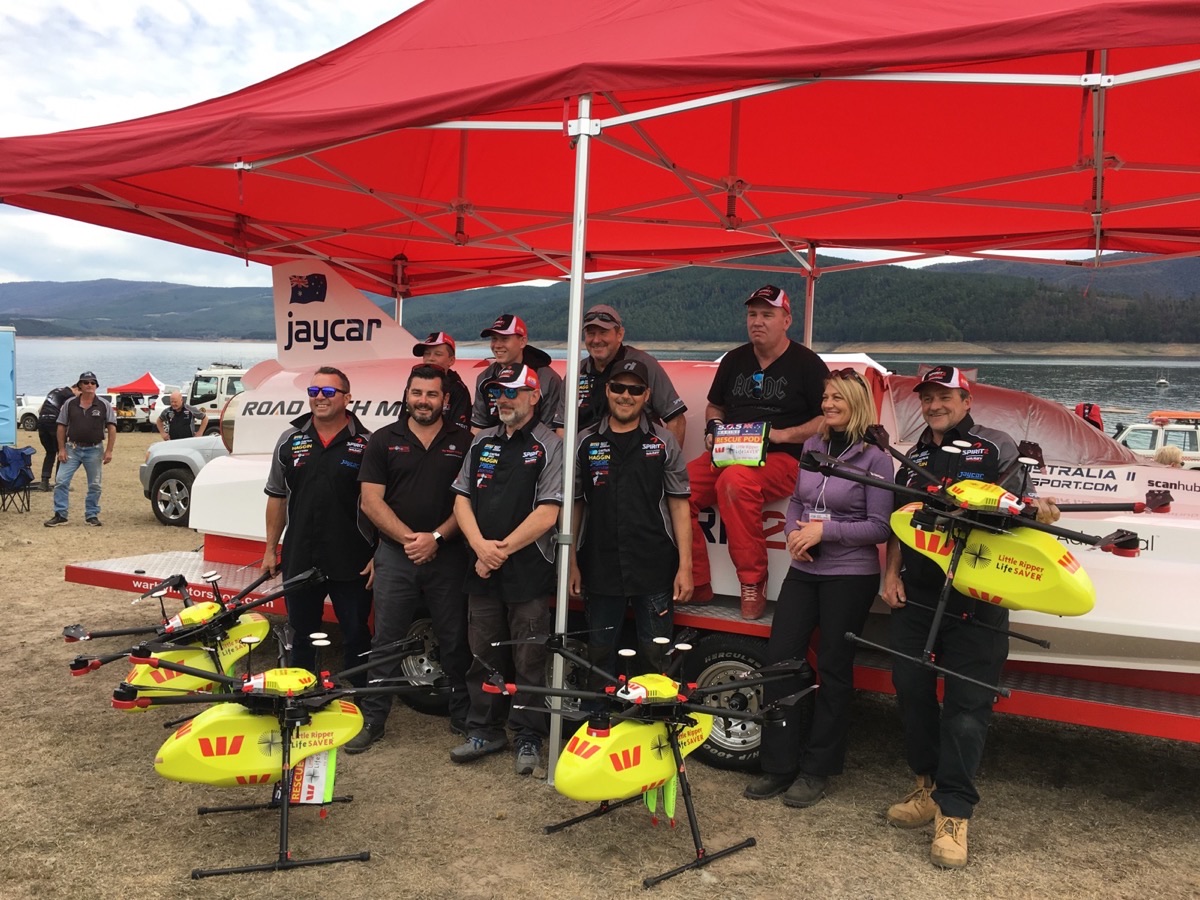
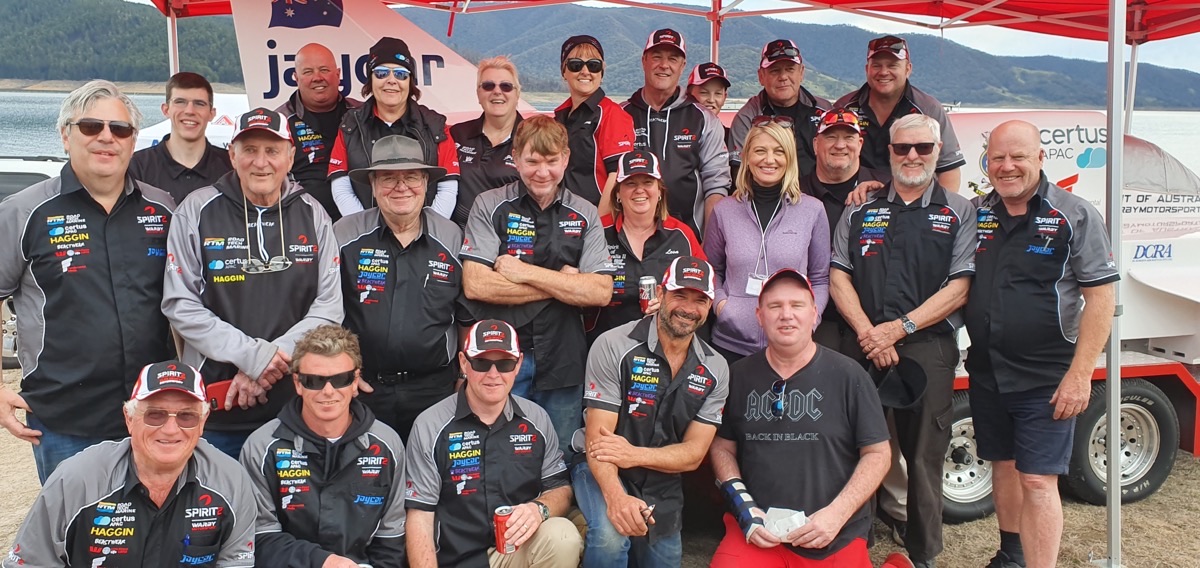
As the dam level had increased by 29%, all that water coming into the dam had brought a fair bit of rubbish with it, that where floating, we would have to try and spot and recover to prevent us from striking it with the boat on a run.
On the Saturday morning we arrived at Blowering at 8am with emergency & rescue services already out on the water, clearing the surface of the course of any debris they could see. This task was made a lot easier with the assistance of a number of rescue drones that we had brought in especially for this round of testing to spot the debris from the air.
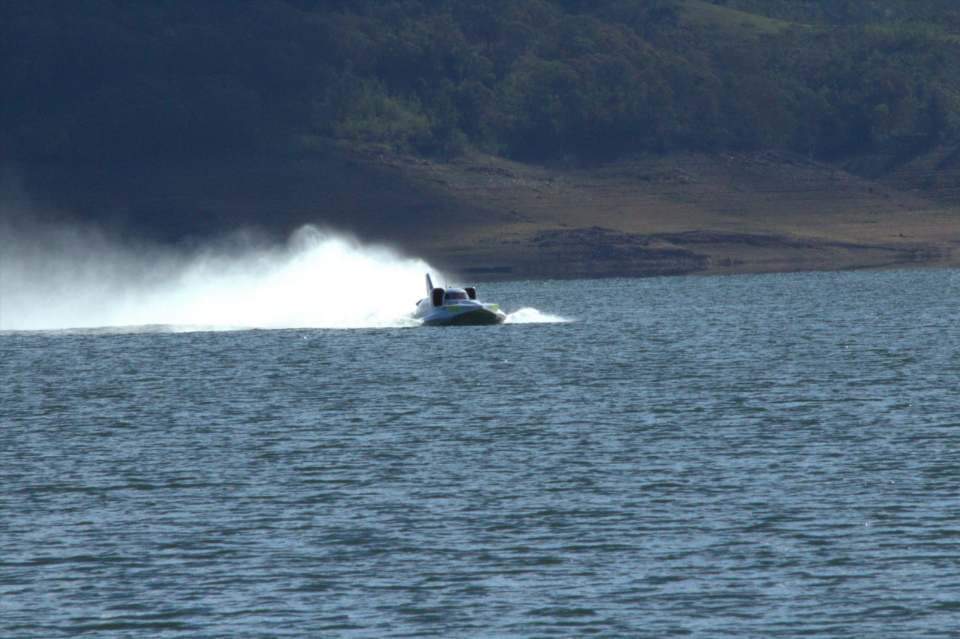
By 10am we had our safety briefing and launched Spirit of Australia II onto the water. With the higher levels of the dam we could run the full length of the record course, especially with the fantastic weather of only a light breeze and a lovely sunny day. My first two runs up and back were interrupted by hitting debris that despite our best efforts we had missed and all of it hit the rudder. If debris is hit, the run is aborted and in doing so I gradually lift off the throttle, feeling the steering to ensure it feels okay. Then we take the boat out of the water to inspect the rudder and hull. These inspections showed us some degree of marks on the rudder from hitting the debris but fortunately no damage to the hull or significant damage to the rudder. Both runs were aborted between 180 – 200mph. These inspections for damage following hitting any debris are essential before pushing on to any higher speeds.
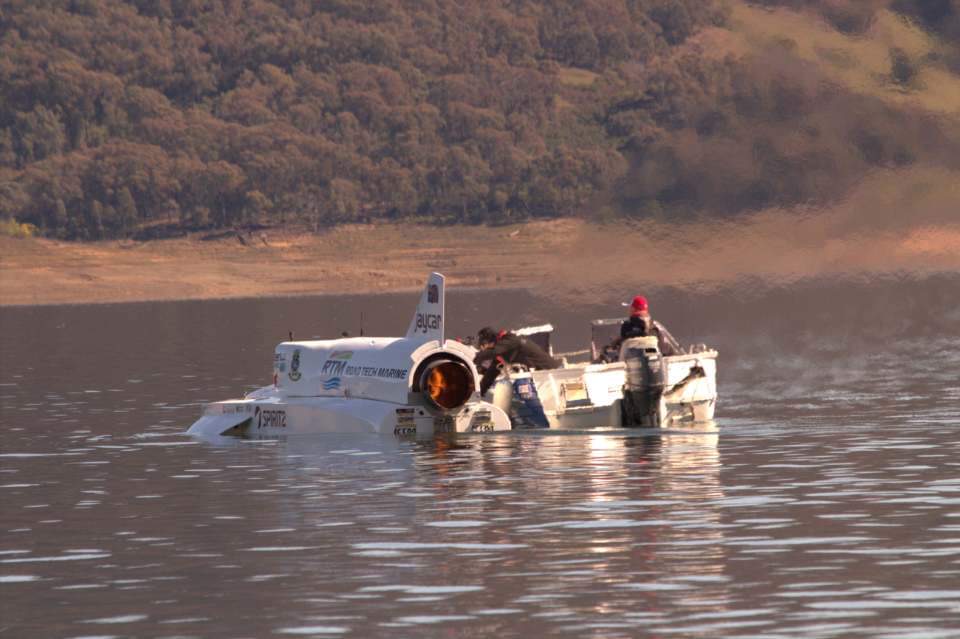
Our last run of the day was our best with our goal for this run being 250mph. Our Orpheus jet engine makes all of its real power above 80% rpm and I gradually brought the boat up to speed, holding 80% rpm and watched the speed rise through 150, 200, 220 mph, then increased the thrust slightly to 90%, to which I could feel the boat pick up further speed easily and she peaked at 252mph. I held it at that for a few seconds, then ever so lightly lifted off the throttle; as I didn’t want the boat to be disrupted by unloading the torque of the engine quickly by lifting off the throttle too fast. The boat gradually slowed down which took a lot more room compared to the lower speeds we had run on previous tests, which is to be expected. I noticed a slight move to the left at the rear of the boat as she was slowing down through the 200mph mark so we shall review the footage of the boat running, before we progress to higher speeds.
On Sunday we intended to make two runs, which we did at the 230mph and 240mph range, so we could try a different balance setup and different rudder profile on the boat. We also did a practice on water, with our boat rescue, emergency services and our divers, which is a standard procedure at each of our tests, while we are looking to increase speeds safely. All our emergency teams do a practice on water incident test just to ensure if something were to go wrong, they have all their procedures working smoothly.
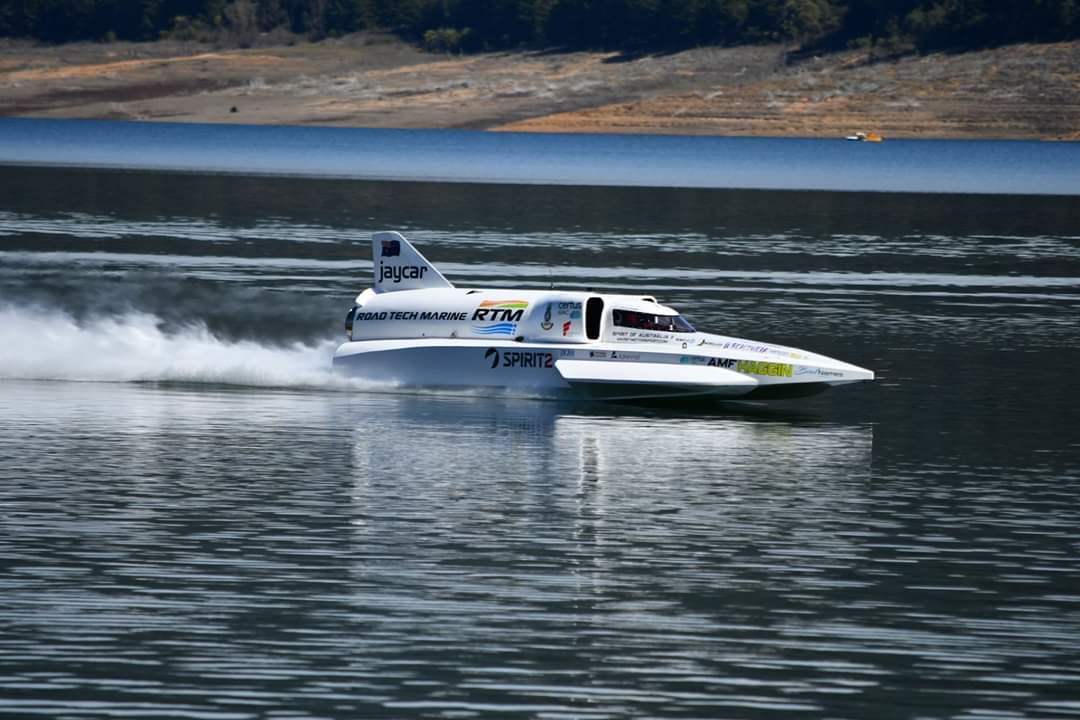
To summarise the team was extremely pleased with the weekend at the dam and as we return to the workshop we will do some minor modifications from the data collected before our next round of tests. The tuning of the boat through these series of ongoing tests means it is now well balanced in the mid 200 mph region, so we are very pleased indeed.
For those of you who are interested in the history of jet hydroplanes, then this month you may have seen television programs and articles in the media regarding Crusader K6, which crashed upon Loch Ness at Scotland, 67 years ago in September 1952, killing her driver John Cobb, whilst attempting to break the Outright World Water Speed Record.
The recent news relates to discovery of wreckage relating to this jet hydroplane towards the bottom of this very deep loch, which has been located by a team of experts using specialist marine surveying equipment where they found remains of the craft lying at a depth of 680 feet (207 metres). In comparison the maximum depth of Coniston Water, England where the wreckage of Bluebird K7 was found and later recovered is only 184 feet (56m).
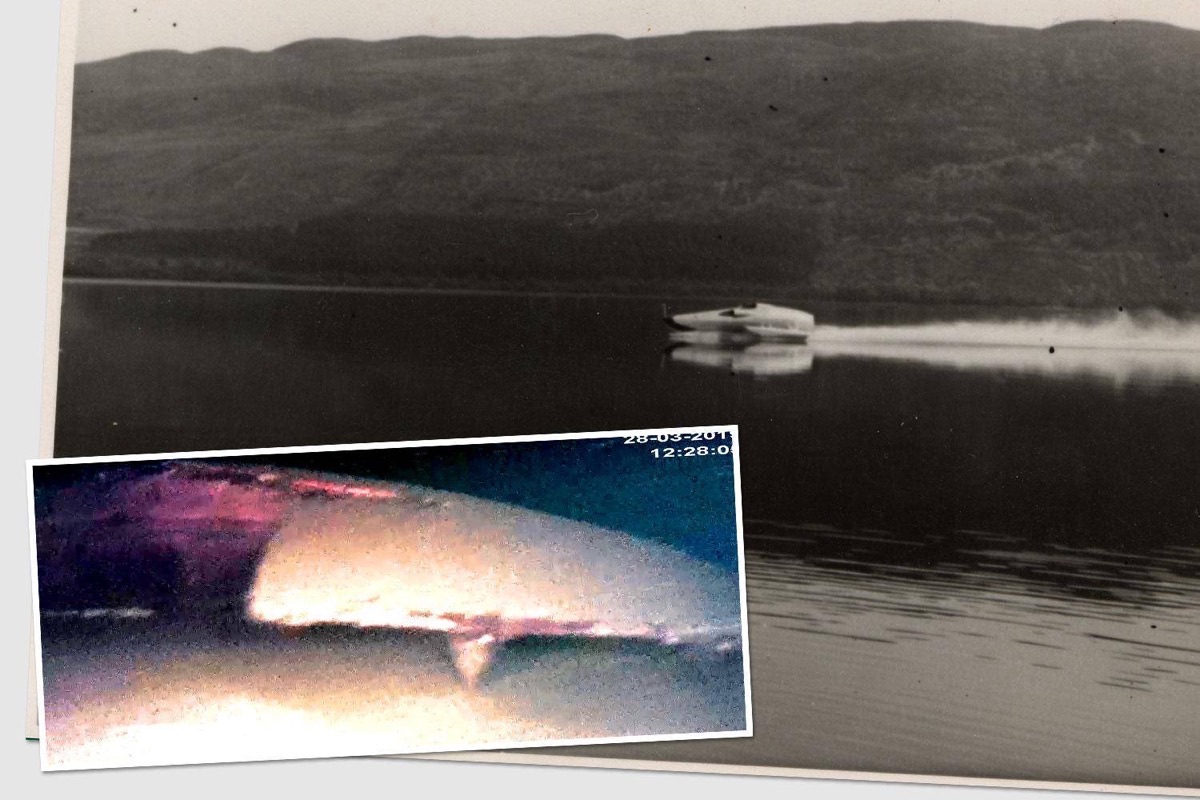
Credit Steve Holter & National Geographic
My good friend, renowned motoring journalist and author, Steve Holter, has been researching the history of Crusader and reflecting this current news regarding the craft, Steve has kindly written the following brief account for us that we trust you will find as fascinating as we do:
“One evening, just over fourteen years ago, my telephone rang. The voice on the other end introduced herself as Sally Joslin. I must have had a blank expression on my face at that very time!
She went on to say that she had read my book on Donald Campbell (Leap Into Legend), and wanted to know how I, unlike every other writer, had got the details of her father’s involvement in Crusader correct, and what else did I know about Reid Railton. Once I had gathered my thoughts, and endeavoured not to sound too flustered and surprised, we had a conversation that lasted well over two hours.
From this grew the idea of a Railton biography, but I found myself getting “bogged down”, by the Crusader story, and while I concentrated on that, I also supplied research to Karl Ludwigson for the superb biography “Reid Railton: Man Of Speed”, but to me, Crusader deserved a book of it’s own.
Sally had her father’s archive of letters and documents and between us we also had Peter du Cane’s, he of Vospers, who were to build the craft, and after a few months I was allowed full access to the Cobb family archive. What became apparent was there was a triangle of communication, and that going between Cobb and Railton told a story history had not recorded.
Fortunately, I have a background in TV and Formula One, and as such, have access to equipment to make a thorough analysis of the film footage, as well as computer models. I also discovered previously unseen film footage and documents, and had a wealth of data from the likes of George Eyston, Bert Denly, Ken Norris and John Ackroyd, who I have been fortunate to know as friends, and who had a wealth of knowledge.
It was during research for my up coming book “Quiet Giants”, the full story of Crusader that the model we now refer to as ‘Crusader 2’ came to light.
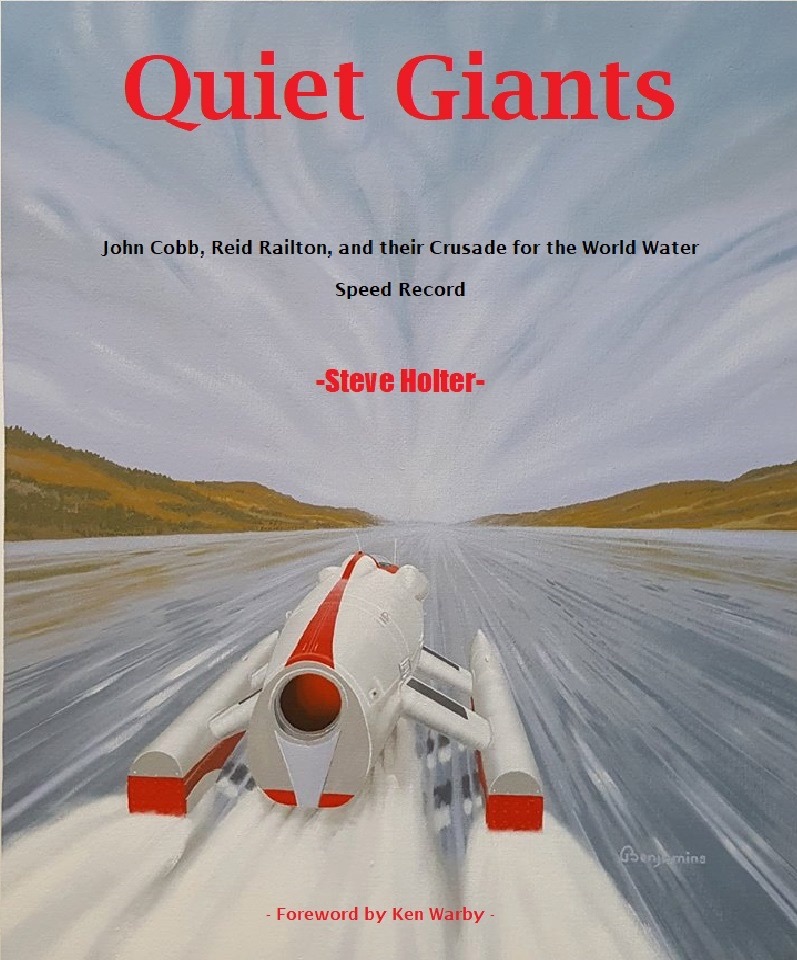
Credit Steve Holter & Arthur Benjamins
It is often stated that Railton was so upset by what happened at Loch Ness, and the loss of his friend, John Cobb, that he would have nothing more to do with record breaking but the discovery of the model, and supporting documents show, that Railton saw it as unfinished business. As he wrote to George Eyston; “I rather relish the chance to show the world, there really wasn’t much wrong with it (Crusader)” The project of how, under the eye of Richard Noble, the concept is now being put to the test, can be seen at;
http://www.railtonwaterspeed.uk/
Fascinated as I am that we are going to see Reid Railton’s thinking of 67 years ago, put to the test, I am obviously still looking at Crusader K6, and her history, and it was in March this year, Crusader came forward to speak to me from the past.
It was many years ago I first supplied Adrian Shine of the Loch Ness Project with copies of the original accident investigation to aid in his search for the crash site, locating merely shards of aluminium, which only contradicted my analysis of what had happened, until now.
I am indebted to Craig Wallace of Kongsberg Maritime, who took the time to seek me out and include me in the project, and was selfless in his generosity as we shared the data that finally found Crusader.
The discovery is a brutal reminder, that sometimes to move forward we have to look back.
Craig’s story can be read here:
Obviously, I cannot go into too much detail as to the find, as much of the data is still protected by various non disclosure agreements, plus, it might rather ruin the book, but Crusader was found, not quite where we expected to find it. There are two possible reasons for this, the most likely being that once she was submerged, she then tumbled down the steep loch sides, hence the reason she is lying upside down on the bottom, intact from the back of the cockpit area, to the very stern, missing the entire bow and the port sponson.
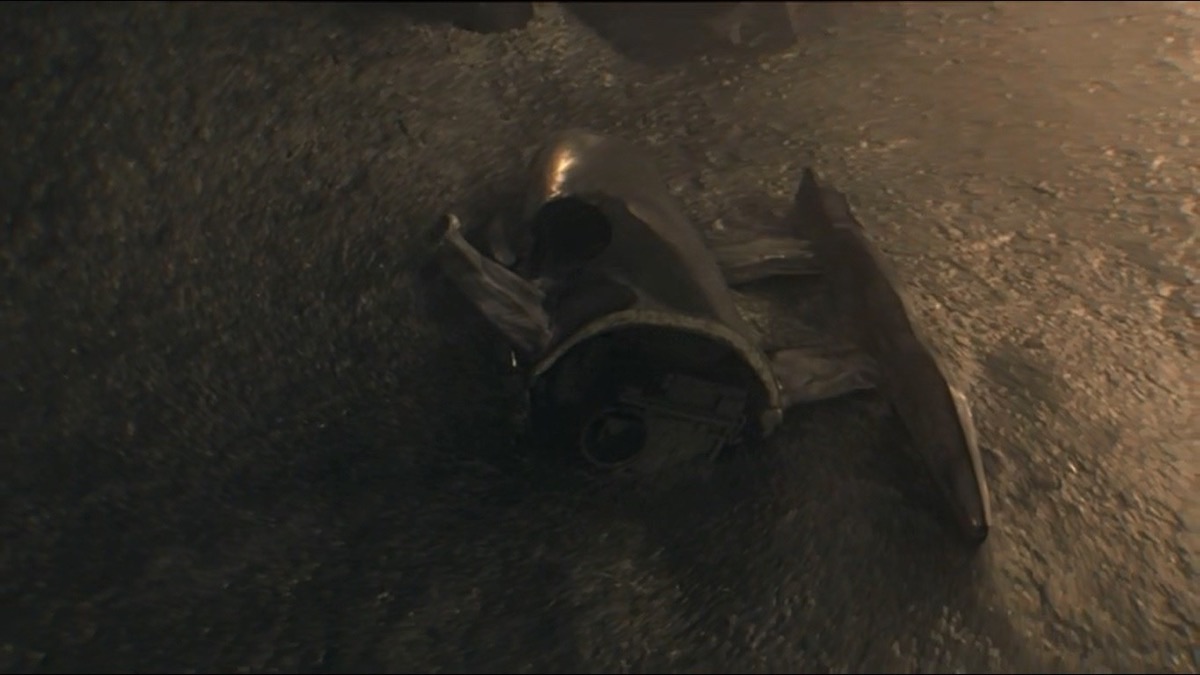
Credit National Geographic through Steve Holter
Again, I can’t comment on the bow section, either it’s location, or why it isn’t there, but it confirms, 100% the research and analysis I have conducted in the last twelve years”.
“Quiet Giants; John Cobb, Reid Railton, And Their Crusade For The World’s Water Speed Record”, is due for publication early in 2020.
Although Bluebird K4 was converted from piston engine to pure thrust gas turbine in 1947, in order for Donald Campbell’s father, Malcolm, to make an attempt upon the Outright World Water Speed Record at that time, it is Crusader that was the first ‘purpose built’ pure thrust jet hydroplane to attempt this Record. Although often overshadowed by the Bluebirds it is becoming increasingly apparent that the story of Crusader is far from over and we will continue to report on further developments as they unfold.
Further information upon Crusader can be accessed on this website by clicking on the News tab at the top of the page and selecting Jet Hydroplane history.
Back with the construction of our jet hydroplane Longbow, we are very grateful to gas turbine expert, Ian Bennett for his guidance with regards to the correct part numbers for some of the connectors to the gauges and electrical fuel pumps serving the twin Viper jet engines for the craft. These connectors were not listed in the engine manuals that we had, so Ian really did come to our rescue on their identification and he has a fantastic website for the gas turbine enthusiast, that we cannot recommend highly enough if you would like to visit:
http://www.gasturbineworld.co.uk/
Armed with the correct part numbers we were then able to go to our sponsor, RS Components and within the many thousands of parts that they stock, they found they had exactly the right connectors for the rpm gauges. These they kindly supplied along with a reel of shielded multiple cored and individually numbered (for identification), cable to serve the multi-pin canon plugs we mentioned within last month’s update, that are located on the top of the engines.
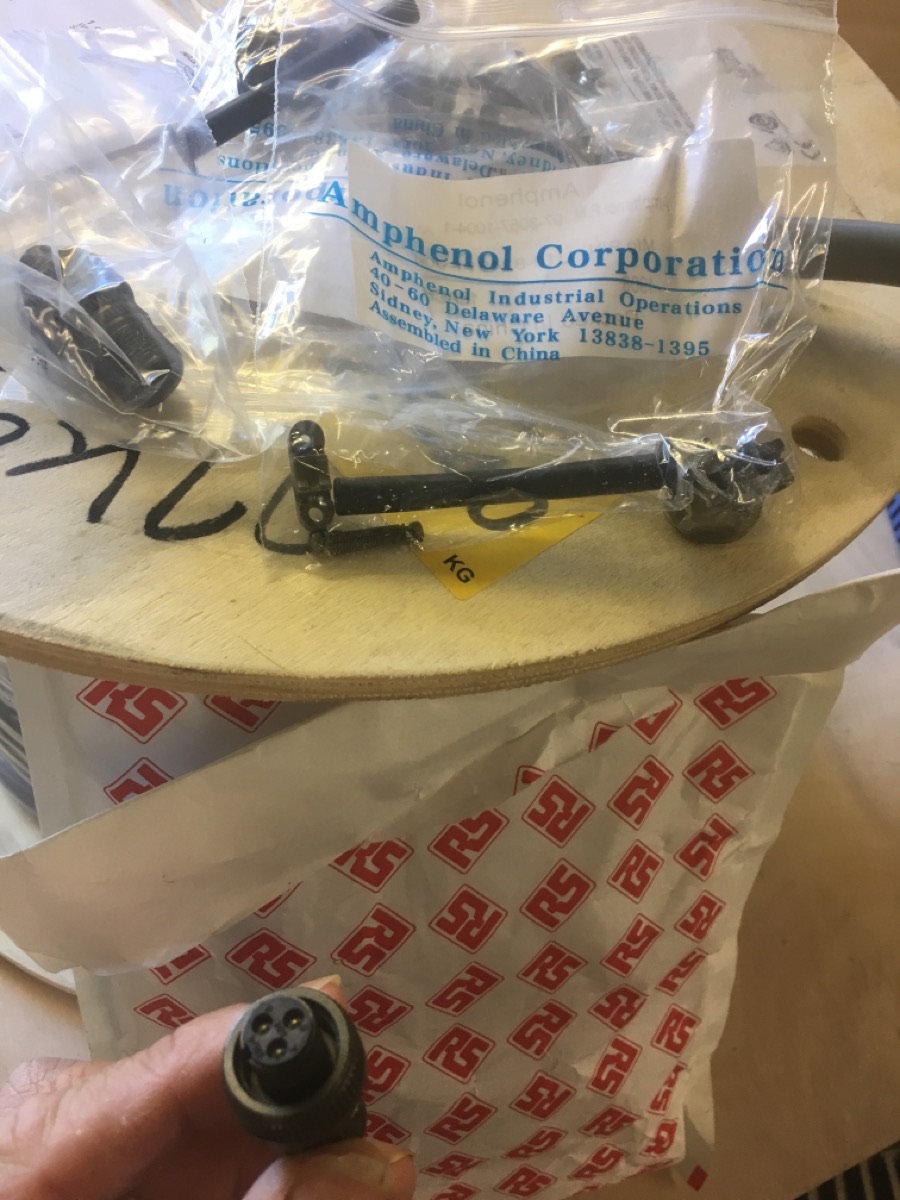
The connector plugs for the electrical pumps however are no longer in production and are an unusual design, being a screw fitting that has two pins just above the centre line, so these had to be sourced from a supplier who fortunately still had some as ‘new old stock’.
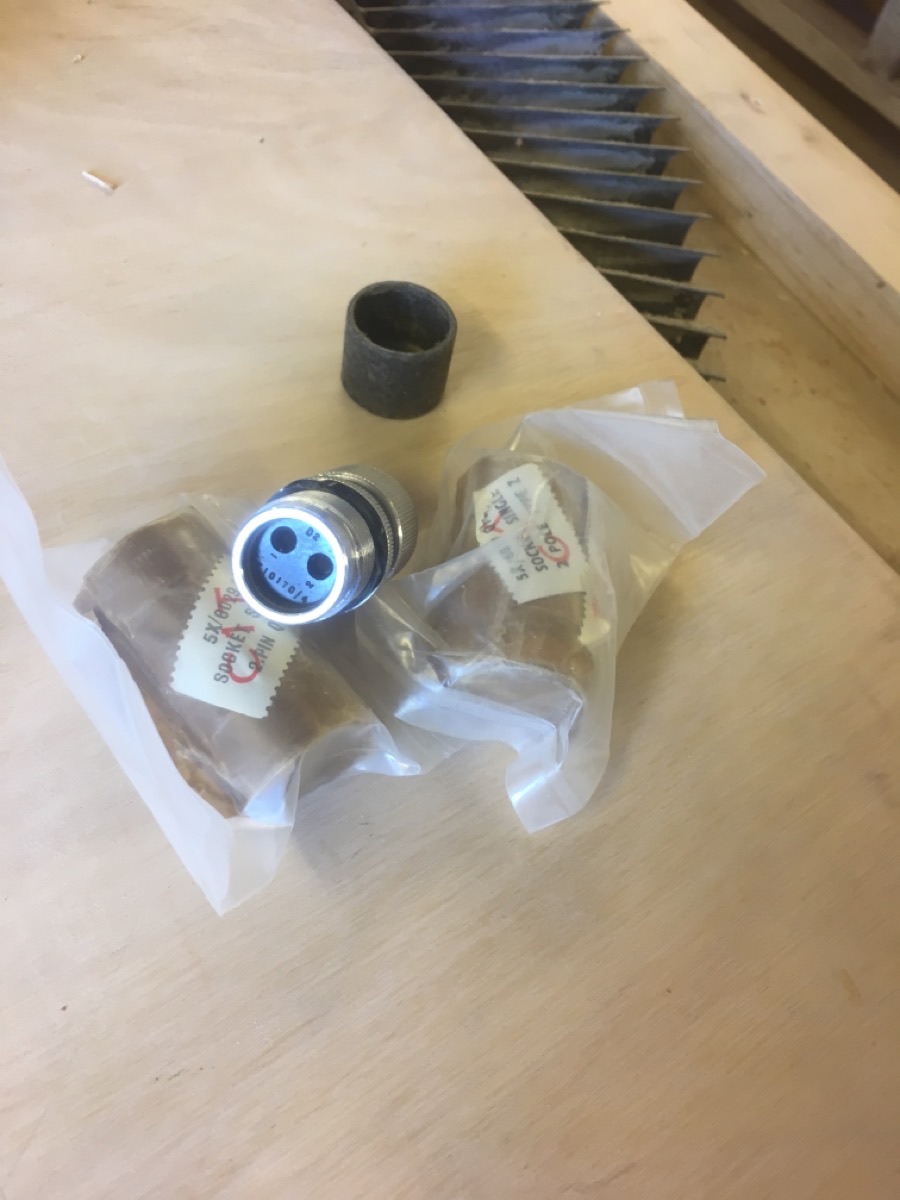
The correct oil pressure gauges for the Viper jet engines are electrically driven and are somewhat unusual in respect of they read full scale deflection (40psi), with no power to the gauge. They then revert to zero upon engine start sequence prior to reading the correct oil pressure once the engine is running. Whilst there were many old stock 40psi aircraft oil gauges on the second hand market, everyone we looked at was reading zero with no power and therefore unsuitable for our application. Another treasure hunt was required to resolve this little puzzle but we got there in the end:
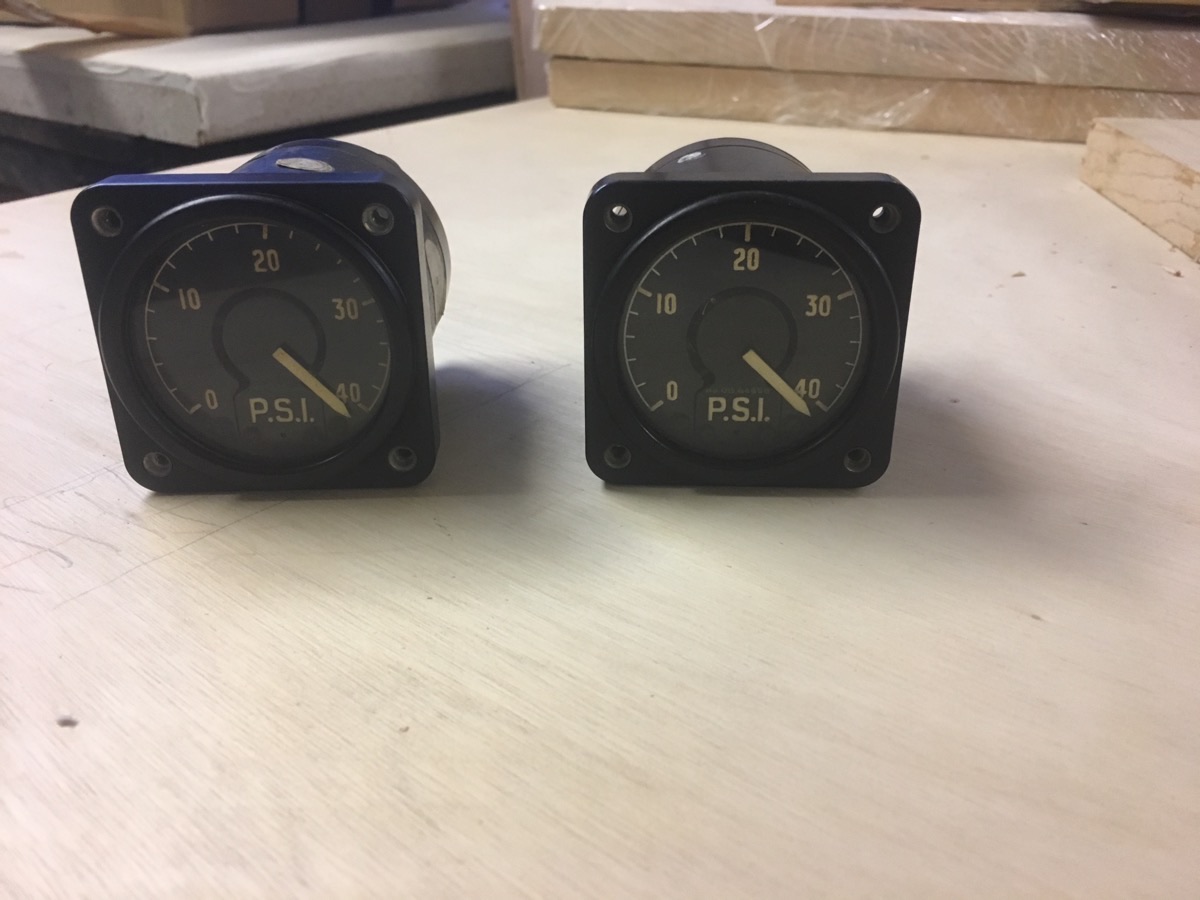
Last month we revealed the start of the next task which was cutting to size and then forming the scarf joints to the marine grade plywood kindly supplied by our sponsor Robbins Timber, for the sides to the hull of Longbow.
When it comes to attaching these plywood sections into place they need to be held in place whilst the West System Epoxy from our sponsor Wessex Resins cures. We were about to do this using a combination of metal screws, nails and staples when we were approached by Utility Composites Inc from the USA, who manufacture Raptor® composite nails and staples, that amongst other applications have been used with great success by boat builders.
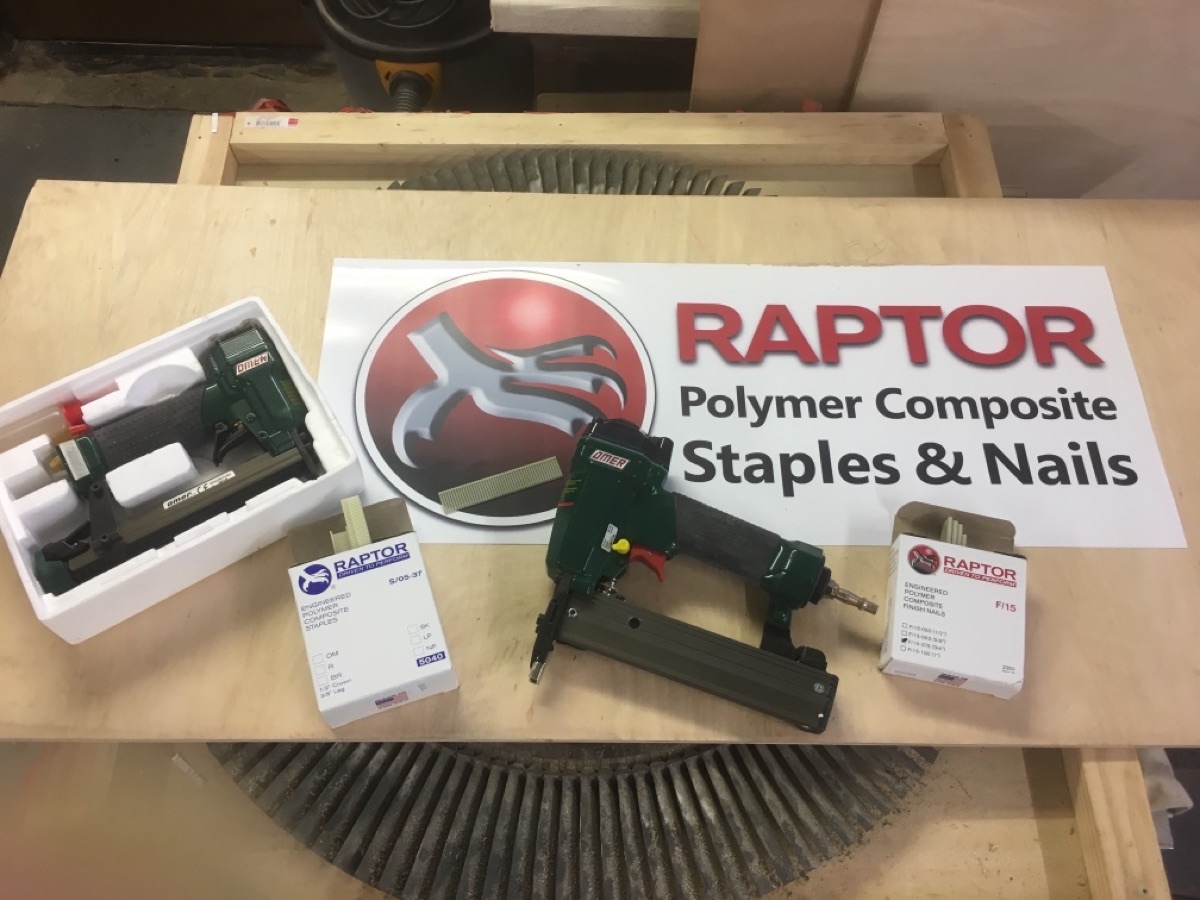
There are several advantages to using these composite materials such as unlike their metal counterparts they can be sanded, they will never corrode, are UV resistant, have a high tensile strength and as they are driven into the wood they slightly melt forming a bond to the substrate. It is a fantastic unique product that we were totally unaware of, not having seen anything similar here in the UK. Pam Tucker and Cheri Clemons of Raptor® could not have been more helpful and enthusiastic for our venture with their support, even sending us the appropriate nail and staple air guns that you can see Steve using in the photo below after Fred coated the plywood with West System Epoxy prior to adding a layer thickened with 403 microfibre filler.
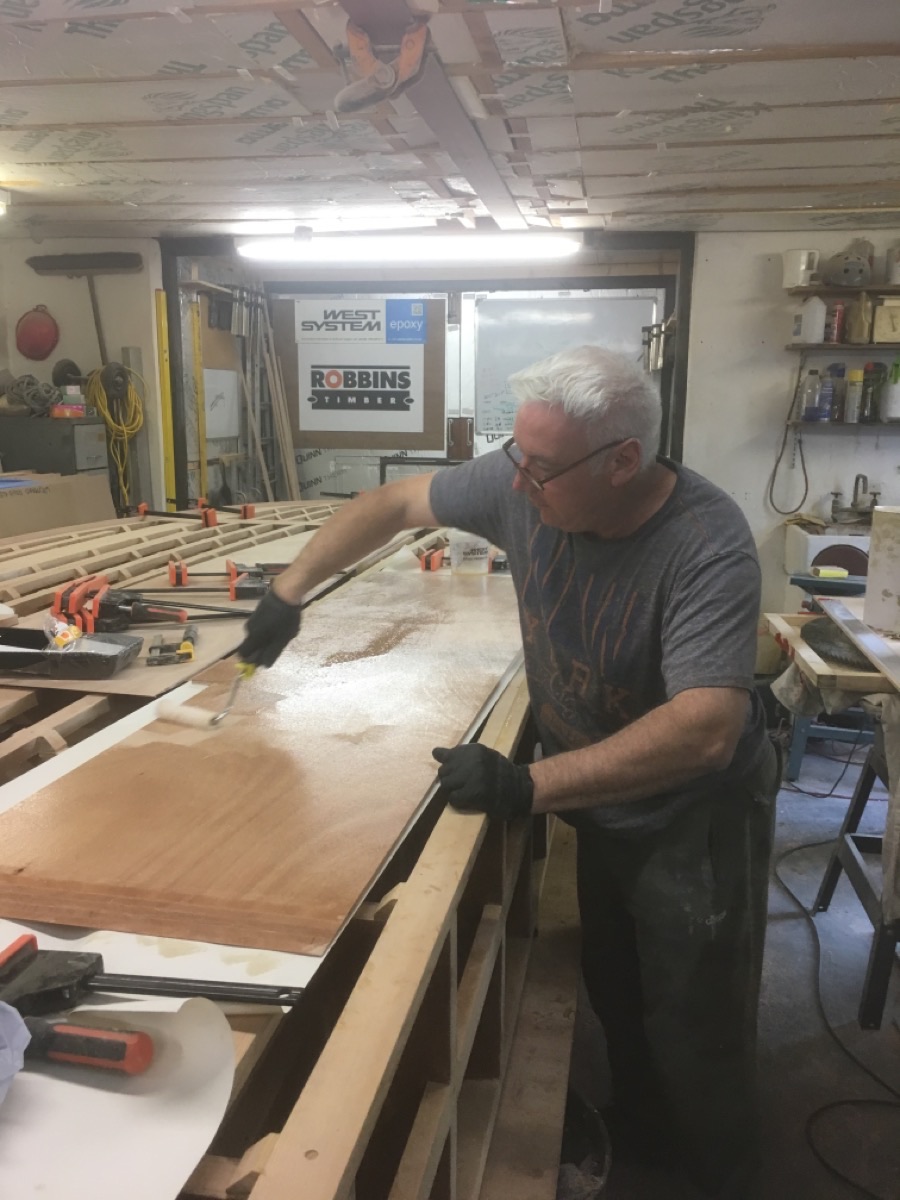
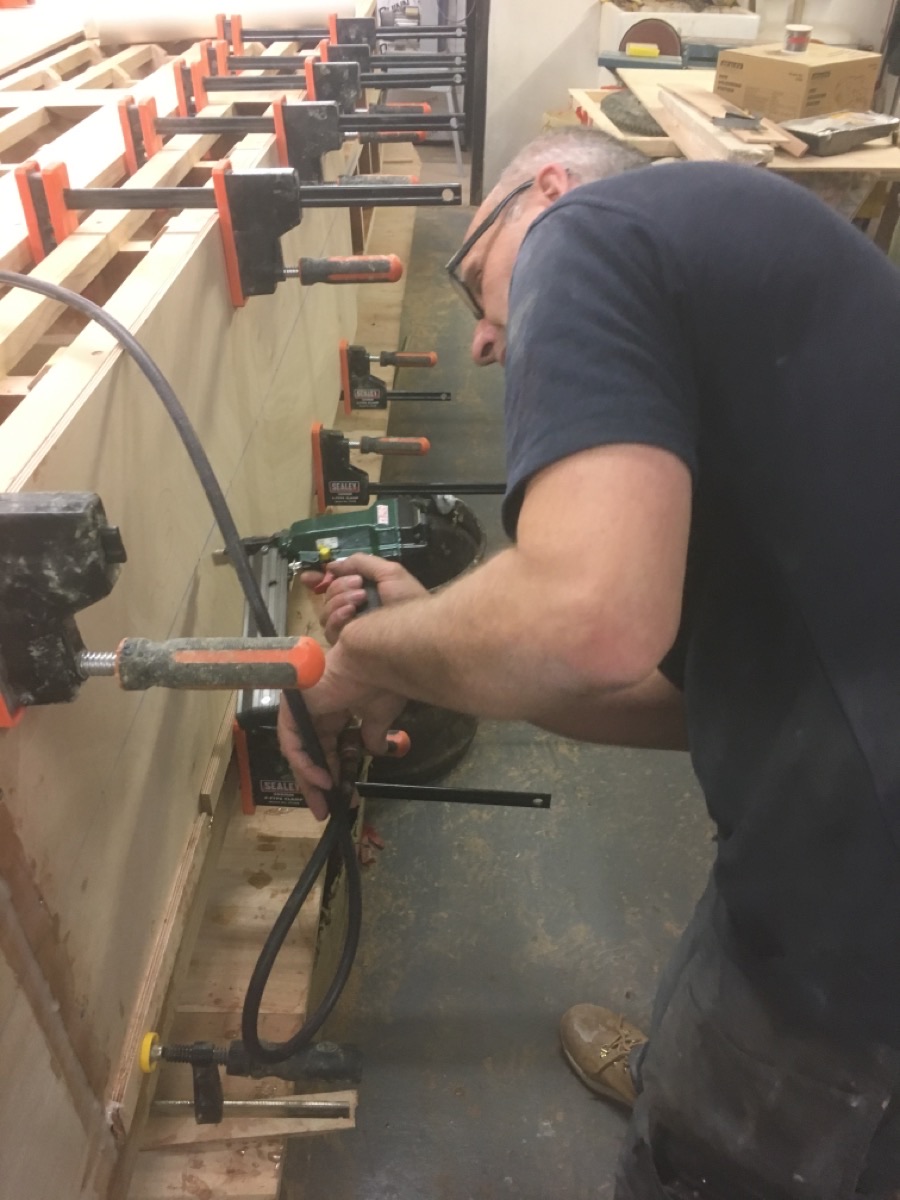
They do say that when boat building you can never have enough clamps which we can certainly vouch for as shown in the following photograph. These rugged reversible ‘F’ type clamps as you can see from our sponsor Sealey, really are superbly made, handling everything we continue to throw at them throughout the build without slippage.
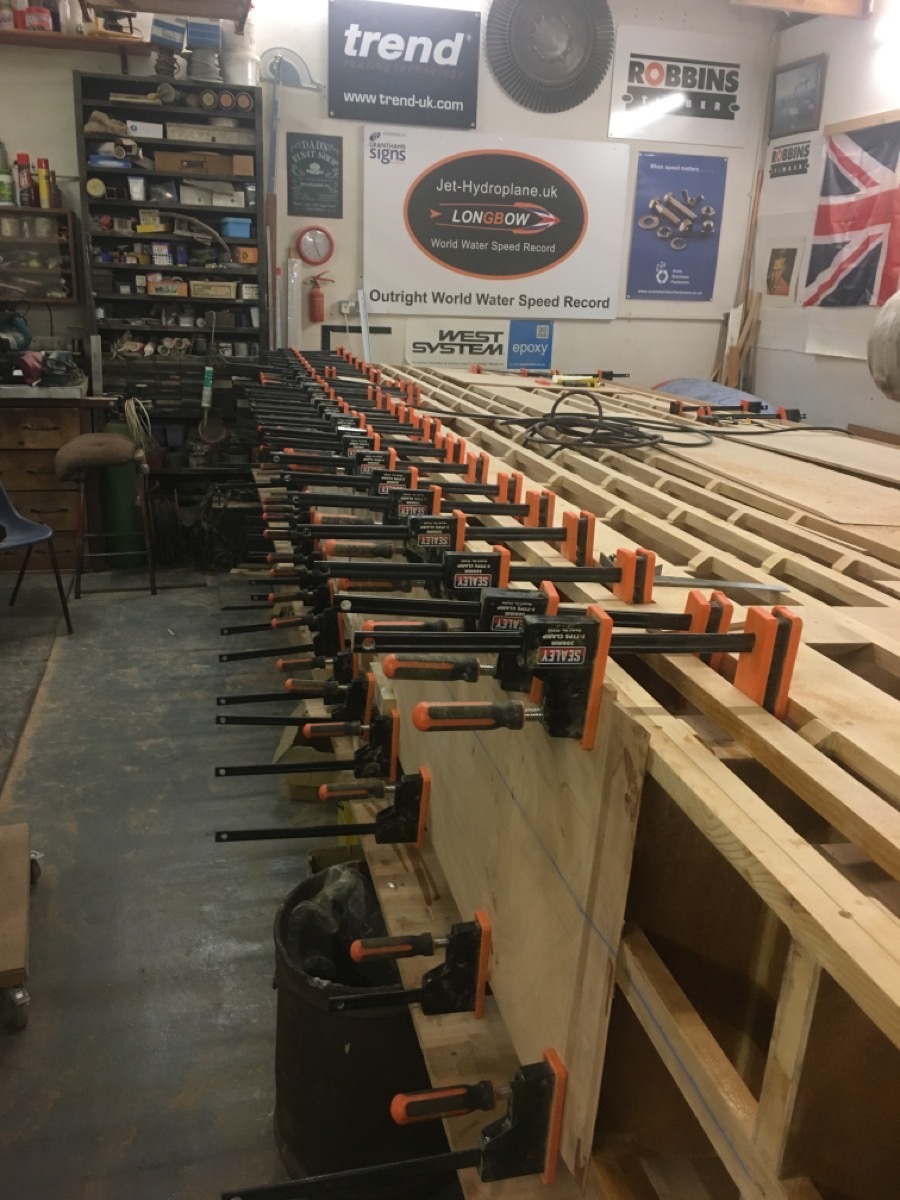
That is it for this month’s update folks. We could perhaps have shown some more with regards to the progress with Longbow but thought this time around we would focus on the feedback from Dave’s latest round of tests with Spirit of Australia II and the current news regarding the historic jet hydroplane Crusader K6 from Steve, which we hoped you enjoyed reading.
Thank you for tuning in, if you have not done so already, please take a moment to like our Facebook page and we hope to see you again towards the end of October for the next instalment of this British attempt upon the Outright World Water Speed Record.
